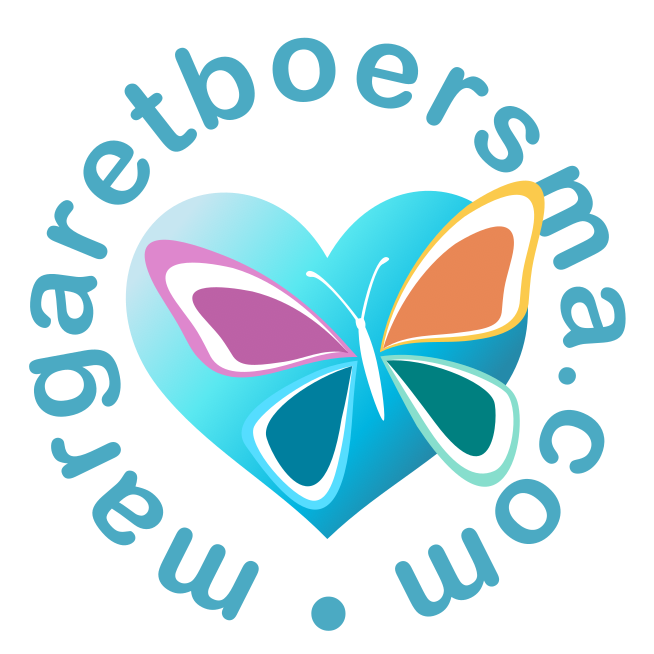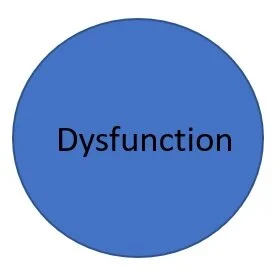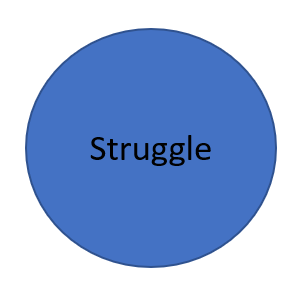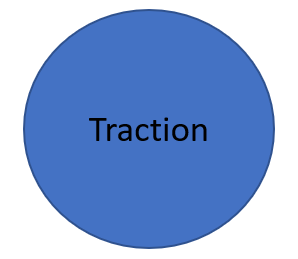Google Does Not Work for Everything! - Part 2
Why the current school system doesn’t serve us and what we can do about it
Part 2: The Learning Potential Scale
States of learning potential
Let’s do a little survey. Let’s identify four different states of learning potential based on the teacher/student relationship. We will look at connections, goals and intentions for learning.
As you self-select your current state, you may find you have a solid working relationship with a number of your students who are thriving, as individuals. And, with the same class, you may find yourself in a state of dysfunction with a number of students. Allow yourself to think of your class as a whole. Consider the observable behaviours I am about to share, as they pertain to your students in general. And, also consider your own experience.
The State of Dysfunction
The first state is a state I call Dysfunction. Dysfunction means there is a very low potential for learning.
You know you are in this state when your students do not participate in discussion even with prompting, distract others, interrupt and disrupt the learning, opposing ideas, and elude responsibility in group work. They avoid apologizing and struggle to empathize. They tease and bully, lash out when angry or frustrated, or withdraw completely.
And you, the teacher, have little time to support individual students, do not see the real impact for your efforts, and often feel exhausted and at a loss to improve the situation.
Basically, in the state of dysfunction, you are pulling the class along and there is an atmosphere of emotional distrust.
When emotional safety is absent, students do not learn to potential. They do not take risks such as raise their hand or offer a response, because trust is lacking. They need to trust their classmates (and the teacher) to build them up (not laugh or mock them). They do not share because it is not safe. In a state of dysfunction, both students and teachers experience a sense of fear and are just surviving.
The State of Struggle
The second state is a state I call, Struggle. Struggle means there is some potential for learning.
You know you are in this state when your students get their work done but often need redirection to use their time wisely. They are intentional in giving their attention to instruction but are easily distracted. In this state, students have difficulty controlling their impulses (e.g. interrupt). They struggle with expressing themselves through writing and need you to problem-solve relational issues.
You have very little time to support individual students, are hopeful that all your efforts will have a greater impact; you are depleted of energy and desperately want more support for your class.
Basically, work is getting done but often to minimum standards and you are very involved in relational problem-solving, especially with group work.
The State of Traction
The third state is a state I call Traction. Traction means there is a mediocre potential for learning.
You know you are in this state when your students work well when confined to an assigned seating plan, pay attention and seem to value the learning completing most assignments, though often to minimum standards. They merely tolerate input from others and prefer to work on their own or with the same friend all the time. The same few students respond to questions and carry discussions.
You have some time to support individual students and are making some impact but have little energy left at the end of the day. You view the situation as just tolerable.
Basically, with a lot of structures in place, most of your students are progressing.
The State of Thriving
The final state is a state I call Thriving. Thriving means there is full potential for learning.
You know you are in this state when your students display an openness to new ideas, are curious and excited about their learning, even talking about it during their breaks. They follow a thread of conversation and ask follow-up questions while respectfully probing for more information. They continuously make connections to real life as they integrate their learning. Your students nurture relationships while developing their strengths and passions and are motivated to make a difference for others. They constantly set goals, seek feedback and self-assess.
You have time and energy to address needs; see yourself as a facilitator of learning/a guide on the side. You are energized and thrilled with your impact on student progress.
Basically, your students have a high level of participation, are discovering their strengths and building on them while nurturing their own relationships and seeking to make a difference to others and the world.
Do you see any areas where you can relate?
Is there a gap between the state you see yourself in and the state of thriving? There is for most teachers. And that’s what I do.
I help you get to a state of thriving, but first…let’s look at the cause. Why are we in this situation in the first place?
Read Part 3, The Cause Model, coming up next week.
Join the Facebook Group
Join our Facebook Group, SEL for Teachers: Empowering our Students to Thrive. This group is specifically for educators and administrators. Receive free pieces of training, lesson plans, bite-sized video clips, and pdfs on things like self-care, teaching growth mindset, how to calm someone down, the Be Kind, Be Hopeful song for children, and more to give you practical support.
Nine Week Program
Changing Lives through the Screen: How to develop and transfer a sense of wellbeing and emotional stability is a nine-week program. This program is inside the SEL Wisdom circle in the Dynamic Teaching Model. It includes a dynamic student program (ready-to-go videos with extended learning, off-screen). For best results, participate as an entire staff. Do your professional learning community (PLC) together and have students and staff speak the same language. Registration is open for the fall. Save your preferred dates today.
School & District Training
Interested in comprehensive SEL training for your school or district? Contact me to set up a call.
AUTHOR
Margaret Boersma, OCT is an instructional coach, teaching artist, speaker, educational consultant, and trainer. Her varied career in 35 years of teaching, combined with her expertise in social/emotional learning (SEL), allows her to assimilate the affective domain (people skills) with academic curriculum goals. Having trained extensively in the arts, and with Dr. Eric Jensen in brain-compatible pedagogy, Margaret’s heart is to transform classroom practice to enable students and teachers to thrive. Her innovative training programs result in students acquiring leadership and communication skills while becoming compassionate citizens. Her experience in teacher training extends to Canada, the U.S, the Netherlands, India, and New Zealand/Australia.







